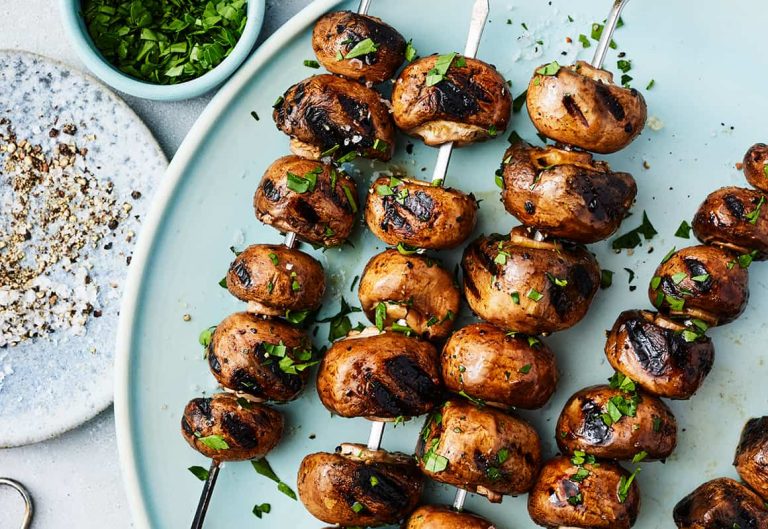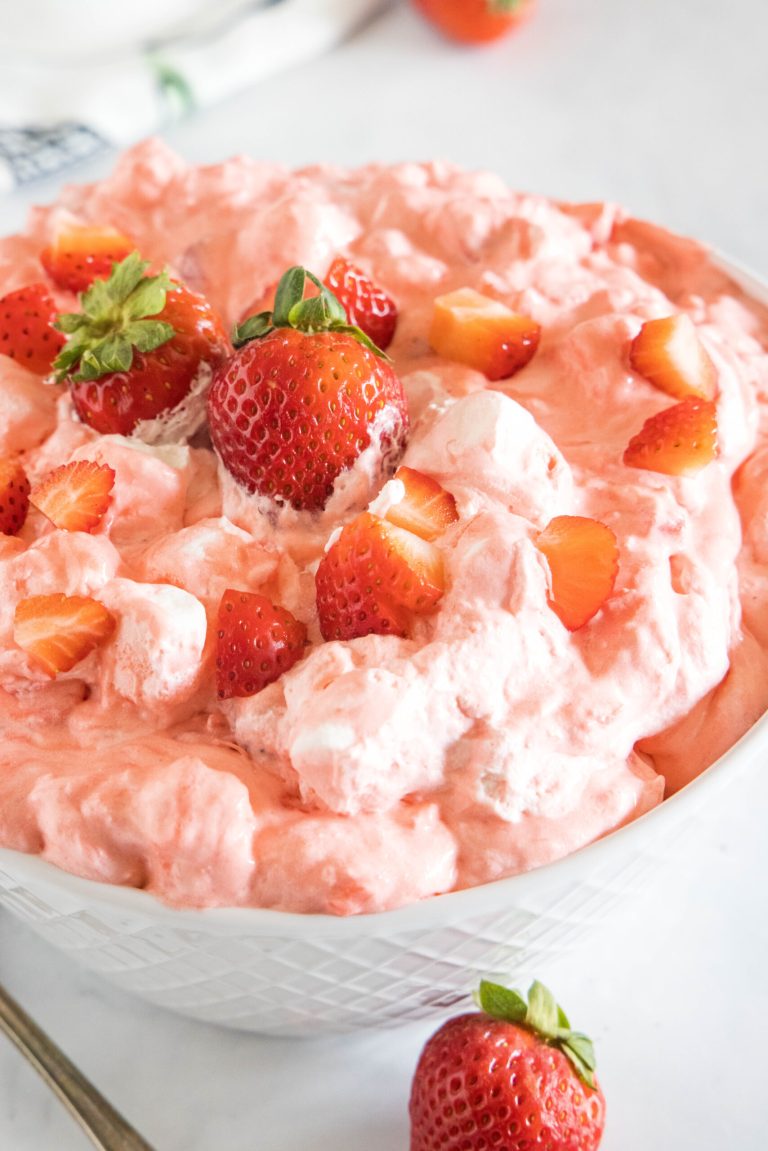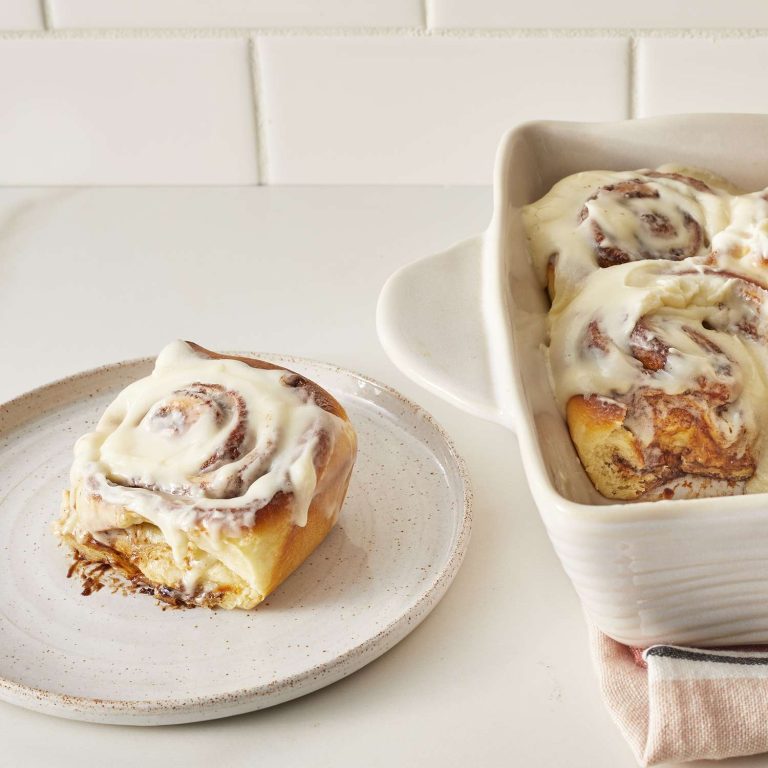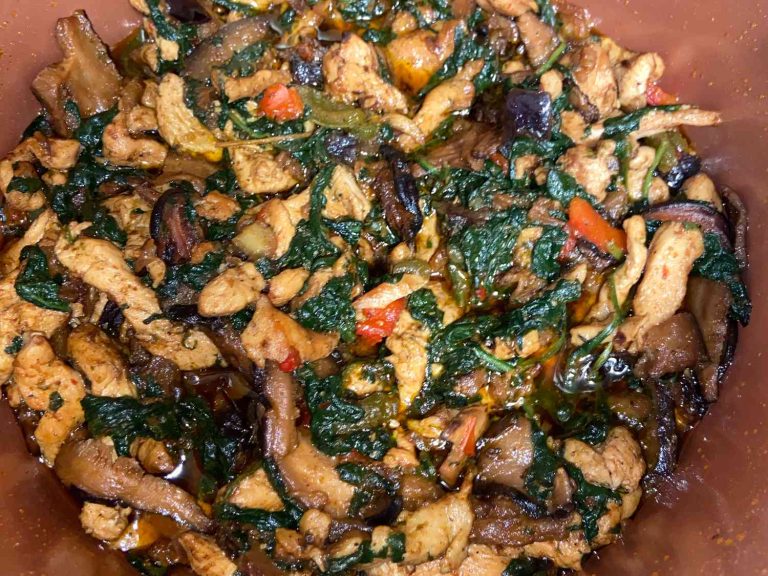Homemade Manti: Master the Art of Traditional Turkish Dumplings at Home
Manti stands as a celebrated dish in Turkish cuisine, embodying rich cultural heritage and flavorful traditions. These small dumplings, traditionally filled with spiced ground meat, trace their origins to Central Asia and have evolved significantly in Turkish households. Manti typically feature lamb or beef, mixed with onions, garlic, salt, and pepper, providing a savory contrast to the dumplings’ doughy exterior.
Distinctive cooking techniques set manti apart from other dumplings. You can boil or steam the dumplings first, then bake them briefly for added texture. This unique method enhances the dumplings’ firm yet tender consistency, making each bite both satisfying and light.
Accompanying manti, tangy yogurt sauce is drizzled over the top, often mixed with garlic and a hint of salt. This sharp, creamy element perfectly balances the rich flavors of the meat filling. To further elevate the dish, a drizzle of melted butter infused with red pepper flakes is commonly added, introducing a hint of spice and warmth.
Serving manti offers both visual and gustatory pleasure. Arrange the tiny dumplings in a deep bowl, pour the yogurt sauce generously, and top with the spicy butter mixture. This presentation not only highlights the dish’s vibrant colors but also its diverse textures and flavors.
Manti’s cultural importance extends beyond its taste. These dumplings often signify family gatherings and communal efforts, capturing the essence of Turkish hospitality. You’ll likely find variations in preparation and presentation, reflecting regional differences and family traditions.
Whether you’re savoring manti in a bustling Turkish home or preparing it in your kitchen, understanding its culinary significance enhances the experience. This traditional dish, deeply rooted in Turkish culture, continues to bring people together, sharing stories and flavors that transcend generations.
Key Ingredients for Homemade Manti
The Dough Basics
For homemade manti, the dough forms the base. It’s prepared using flour, water, salt, and eggs. Opt for high-quality all-purpose flour to ensure a smooth, elastic texture. Mix the flour and salt in a large bowl, create a well in the center, then add eggs and water. Knead until the dough is firm but pliable. Resting the dough for 30 minutes before rolling it out is essential for developing gluten, resulting in a tender yet firm bite.
The Importance of Quality Meat Fillings
The filling is the heart of manti. Use lamb or beef for authentic taste; ensure the meat is finely ground for even cooking. Combine the ground meat with finely chopped onions and minced garlic. Balance the salt and pepper to highlight the meat’s natural flavors. Fresh meat more effectively absorbs the spices and retains moisture, providing a juicy filling. Choosing high-fat content enhances the flavor and prevents the filling from drying out during cooking.
Spices and Seasonings to Enhance Flavor
Spices and seasonings greatly influence the final taste of manti. The essential spices include salt, black pepper, and paprika. Add cumin for a warm, earthy note. Paprika and red pepper flakes contribute a mild heat, balancing the richness of the meat. Mix crushed garlic into the yogurt sauce for a delightful garlic tang. Finally, infuse melted butter with red pepper flakes before drizzling it over the dumplings for a robust finish.
By focusing on these key ingredients, you can create manti that embody the authentic flavors and textures of traditional Turkish cuisine.
Step-by-Step Guide to Crafting Your Manti
Preparing the Dough
Mix flour, eggs, water, and salt in a large bowl. Use 2 cups (240g) of all-purpose flour, 1 egg, 1/2 cup (120ml) of water, and 1/2 teaspoon of salt to start. Knead till it becomes a smooth, elastic dough. Wrap it in plastic wrap and let it rest for about 30 minutes.
Shaping and Filling the Dumplings
Roll the rested dough till it’s thin, about 1/16 inch thick. Cut it into 1.5-inch squares. Mix minced lamb or beef with finely chopped onions, garlic, salt, pepper, and optional spices like cumin and paprika. Place a small amount, roughly 1/2 teaspoon, of the meat filling in the center of each square. Fold the squares to form a tent shape, pinching the edges securely.
Cooking Techniques Explored
Boil the manti in salted water for 10 to 12 minutes until they float. Alternatively, steam them in a steamer basket for 15 minutes or bake at 375°F (190°C) for 25 minutes for a crispier texture. Serve with a yogurt sauce mixed with garlic, salt, and a drizzle of melted butter infused with red pepper flakes for added flavor.
Serving the Perfect Manti
Traditional Garnishes and Accoutrements
Elevate your manti with traditional garnishes. Turkish cuisine often enhances the dish with a yogurt sauce. Combine yogurt with minced garlic and salt. After plating the manti, drizzle this sauce generously over the dumplings. A final touch includes melted butter mixed with red pepper flakes, adding both color and spice. Sprinkle chopped fresh parsley or dried mint for an aromatic finish. Sumac, a tangy spice, also complements the dish well. These garnishes add layers of flavor and authenticity, ensuring an impressive presentation.
Pairing Suggestions for Manti
Select complementary pairings to complete your manti feast. Serve with a crisp green salad, such as shepherd’s salad (çoban salatası) made from cucumbers, tomatoes, and onions with a light olive oil and lemon dressing. Flatbreads like lavash or pita are ideal for soaking up any extra sauce. Offer a side of pickled vegetables, which bring a refreshing crunch. For beverages, traditional Turkish ayran, a yogurt-based drink, pairs harmoniously with manti. Alternatively, a glass of Turkish red wine accentuates the spices in the dish. These pairings enhance your meal, creating a balanced and satisfying experience.
Variations of Manti Across Regions
Differences in Filling and Preparation
Manti variations across different Turkish regions present unique fillings and preparation methods, reflecting local traditions and preferences. In Central Anatolia, the dumplings are typically filled with finely minced lamb, mixed with onions, salt, and black pepper. In contrast, Eastern Anatolian manti often features beef fillings, spiced with cumin and paprika. Some regions incorporate crushed chickpeas or lentils into the filling to offer a vegetarian option.
Kaysı mantısı, found in Kayseri, consists of notably smaller dumplings, usually about the size of a thumbnail. These are often baked rather than boiled, resulting in a crispy exterior. On the other hand, Aegean manti are larger and commonly steamed, leading to a more delicate texture. Coastal regions sometimes add seafood, such as shrimp or fish, to the filling, catering to the abundant local catch.
Influence of Local Tastes and Ingredients
Regional variations in manti result from local tastes and the availability of certain ingredients. In the Mediterranean regions of Turkey, lighter and fresher flavors dominate. Here, manti might be paired with a tangy yogurt sauce mixed with lemon zest and fresh mint.
In the Southeastern region, influenced by Middle Eastern cuisine, the yogurt sauce may include garlic and tahini, offering a richer, creamier texture. Spices like sumac and pomegranate molasses, prevalent in these areas, often serve as garnishes. Additionally, the Black Sea region, known for its dairy products, may enrich the yogurt sauce with local cheeses or cream.
These regional renditions of manti showcase the adaptability of this traditional dish, making it a versatile and beloved culinary staple across Turkey.
Conclusion
Exploring the world of homemade manti offers a delicious dive into Turkish culinary traditions. Crafting these dumplings allows you to appreciate the intricate balance of spices and textures that make manti a beloved dish. Whether you prefer the classic lamb filling or a regional variation, each bite promises a burst of authentic flavors.
Pairing manti with traditional sides and beverages elevates the dining experience, making every meal memorable. So, gather your ingredients, roll up your sleeves, and enjoy the rewarding process of making manti at home. Your taste buds will thank you!






